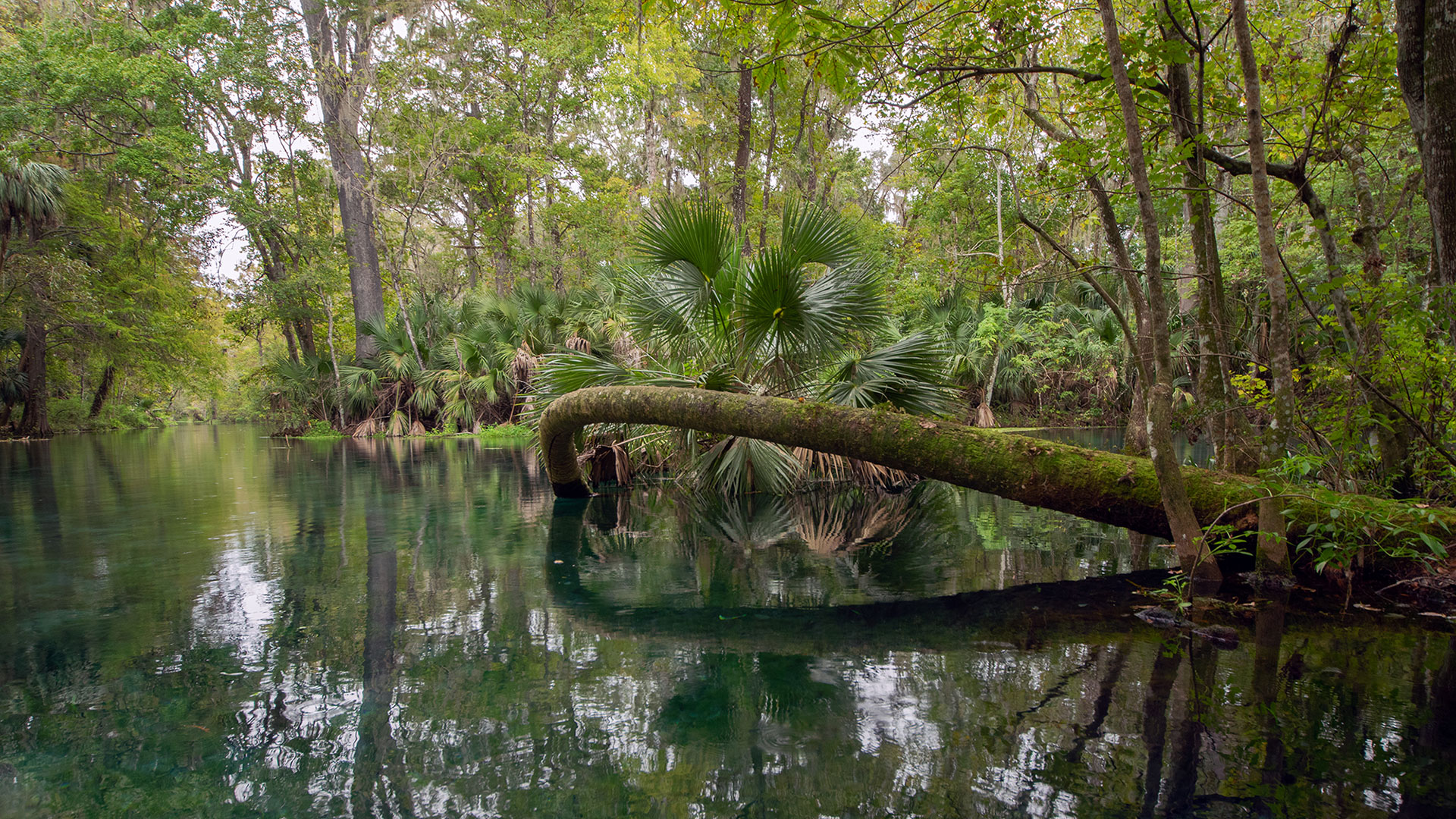Silver River Museum & Environmental Education Center

Silver River photo by Reinier Munguia
The Silver River Museum, located within Silver Springs State Park, is a program of Marion County Public Schools and is open to the public only on the weekends and most public holidays. The Museum exhibits highlight the natural and cultural history of North Central Florida.
The complex includes a museum gallery, new exhibit hall, classrooms, research library, lunch pavilion and a collection of “cracker” cabins including a one-room schoolhouse used by African American students during segregation.
The Museum began in 1987 when then science teacher Guy Marwick was awarded a Christa McAullife Fellowship to plan his dream of creating a museum and environmental education center.
Location
1445 NE 58th Ave., Ocala, FL 34470 (Accessed from second park entrance off CR35. Resides within the trail portion of Silver Springs State Park)
Details
Hours: 10 am to 3 pm. Recommend calling ahead to confirm.
Schedule: Museum open to the public on the weekends and most public holidays. The surrounding trails are open every day.
Marion County Public Schools operates the museum in cooperation with the Florida Park Service. Classes are provided M-F to scheduled students only.
Amenities: Museum, lunch pavilion, research library, late 1800s Florida Cracker pioneer settlement, one-room schoolhouse used by African American students during segregation, multiple trails (to see 8 hiking trails from 1.8 to 32.4 miles go to Alltrails.com)
Costs/Fees: State park admission or annual pass plus $2 for museum admission
Closest Food & Provisions: Inside the main state park and along SR40 and CR35.
Conservation Significance
- The Museum has a broad array of exhibits highlighting the environmental and natural history of Silver Springs and the Silver and Ocklawaha Rivers.
- Guests learn about the Floridan Aquifer, vital springs, and the natural systems of the area.
- Eight trails nearby, part of Silver Springs State Park. The Swamp and River Trails provide a view of the Silver River.
Historic Significance
- Newest exhibit is “Dugout Canoes: Paddling the Americas.”
- A replica of a 19th century pioneer village is nearby.
- Evidence of the Paleo-Indians’ camps, active 10,000 years ago, are on display that have been found at Silver Springs.
- The animals that they hunted – mammoths, mastodons, bison and sabre tooth tigers – are portrayed. Bones of mastodons and other animals they hunted have been found along the River.
- The history of some of the later Timucuan-speaking tribes including Ocali, Potano and Acuera tribes is covered.
- Exhibits on the history of Silver Springs.
